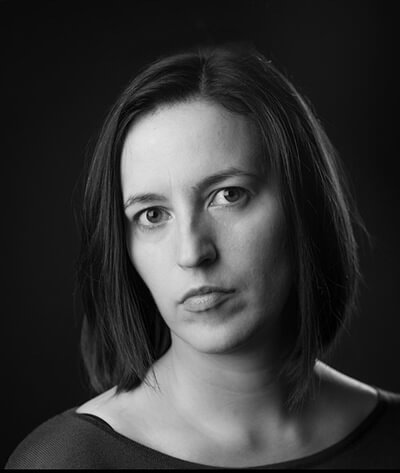Lawrence H. Levy's debut mystery takes readers to the late 19th century, where we meet Brooklyn's first woman detective, Mary Handley. She's investigating a murder with ties to Thomas Edison and Nikola Tesla, whose famous feud is even darker than you'd expect.
My debut novel, Second Street Station, takes place in the late 19th century and centers around Mary Handley, a real person who was asked by the Brooklyn police department, when there were no policewomen, to help sleuth a high-profile murder. I crafted Mary into an extremely bright, ambitious yet sensitive woman who wants to fulfill her dream of being a detective and to also prove that a woman can do a man’s job. She constantly does battle with the “powers that be” and has to deal with adversity from every direction. Mary is a wonderful protagonist but, oddly enough, she wasn’t the original inspiration to write my book.
Years ago, I was helping my son with a term paper when I came across the Edison/Tesla feud over the electricity market in the late 19th century. At that time, Edison was and today continues to be an American icon, praised for his brilliant scientific contributions to society, where Tesla is just now becoming recognized for the genius that he was. Edison’s current was DC and Tesla’s was AC, which is still our standard and clearly the superior product. However, whether it was for purposes of ego or just pure greed (probably both), Edison wouldn’t admit this simple fact and went to great lengths to discredit Tesla’s AC. He commissioned Tom Brown to invent the electric chair with AC current and arranged public demonstrations where he cruelly executed animals to prove that AC was good to kill things but not safe for the home. He was able to delay the inevitable dominance of AC current until the early 20th century and made a lot of money doing it. When he died in 1931, he was a very wealthy man.
As I studied more about the two scientists, Edison quickly grew feet of clay. Though he is hailed as the “Father of Invention” and had over a thousand patents to his name when he died, only a fraction of those inventions were actually his own. He had talented scientists working for him and simply put his name on their work when he thought it had some merit. He was also known to have “borrowed” other scientists’ work. At best, Edison was a good scientist, a fabulous businessman and a very savvy promoter. At worst, he was an egocentric megalomaniac, a thief and possibly more. The truth is probably somewhere in between the two, but there is evidence, even in the notes that he left behind in his own handwriting, that he had a much darker side.
Though Tesla was a brilliant scientist, he had little acumen for business, had a combustible temper and was considered eccentric. His passion for his projects and his gullibility led him to make the wrong business decisions. George Westinghouse backed Tesla’s AC current, and when Westinghouse pleaded poverty to him, Tesla ceded his interest in AC, thus giving up millions of future dollars. His “Tesla coil” revolutionized modern communications, his research led to the invention of x-rays, and though Marconi, who was backed by Edison, was given credit for inventing the radio, it was really Tesla’s invention. Though a court decision in the 1940s confirmed this fact, schools today are still teaching students that it was Marconi. Thus was the course of Tesla’s life. As his frustrations mounted, his behavior became increasingly bizarre. He wound up dying penniless in a New York hotel room in 1943, claiming he could talk to pigeons.
Edison and Tesla shared a lifetime personal and professional enmity, which prevented them both from receiving the Nobel Price when they refused to share it with one another. I found these two men’s lives and fates to be fascinating, and they do encompass a significant part of Second Street Station. However, I decided it would be interesting to tell their story in the context of a real murder that occurred at that time. Once I found Mary Handley, I fell in love with her, and I think others will, too.






 I was utterly captivated, but it wasn’t space per se that fascinated me so—it wasn’t the rockets and spaceships and stars—it was the men. Those men! Lovell, Swigert, Haise! Laconic, focused and utterly cool under pressure. I remember poring over diagrams and little illustrations of Jim Lovell crawling from the Command Module into the Lunar Module (which was used as a lifeboat of sorts) in grave danger, hundreds of thousands of miles from home, staying calm, working the problem. I was a sensitive child, prone to anxiety, and it hooked my young imagination.
I was utterly captivated, but it wasn’t space per se that fascinated me so—it wasn’t the rockets and spaceships and stars—it was the men. Those men! Lovell, Swigert, Haise! Laconic, focused and utterly cool under pressure. I remember poring over diagrams and little illustrations of Jim Lovell crawling from the Command Module into the Lunar Module (which was used as a lifeboat of sorts) in grave danger, hundreds of thousands of miles from home, staying calm, working the problem. I was a sensitive child, prone to anxiety, and it hooked my young imagination.























